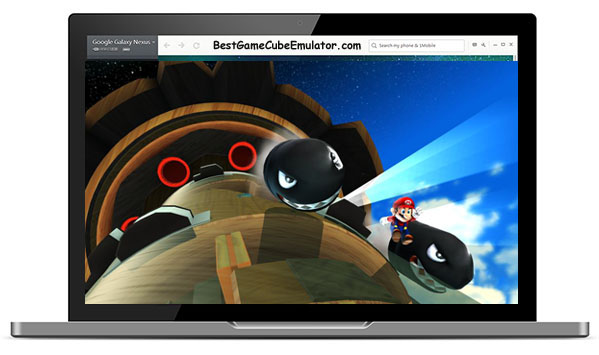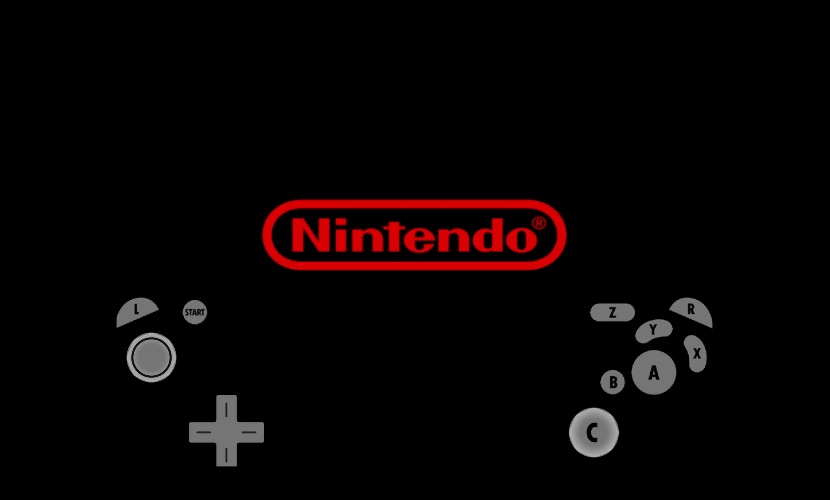

Hotkeys: added a hotkey toggle for the on-screen technical statistics.Logging: log font rendering backend only once.Logging: stop logging fps statistics twice on quit.Localization/menu/rgui: enable indonesian and swedish localisations for rgui.Localization: add indonesian, swedish and ukrainian language options.Localization: fetch translations from crowdin.Linux: added support for linux gamemode (), which can be toggled on/off in the power management or latency settings menus.Input/wayland: add scroll wheel support.

#GAMECUBE EMULATOR FOR MAC OS X DOWNLOAD SERIAL#
Database: serial scanning for gamecube/megacd/segacd/saturn/psx/psp/dreamcast/wii.Core info cache/settings: restore missing ‘cache core info files’ menu entry.Cli: load save states from command-line or playlist.Cheevos: fix hung task whe badge doesn’t exist.Cheevos: support for hashing buffered nds roms.Cheevos: check netplay status when unlocking achievements.Cheevos: reset hardcore default to enabled show message when trying to load state in hardcore.Audio/resampler/neon: implement sinc kaiser neon function.this has been fixed by removing the audio batch frame limit. a core using the batch callback to send 44100 hz audio at 30 fps with would have entirely broken sound. while this is sufficient for ‘normal’ samplerates/framerates, it means that e.g. if a core exceeded this value, any excess samples were silently discarded. before, if a core used the audio batch callback, there would be a hidden cap of 1024 on the number of audio frames that could be sent. Audio: remove frame limit from audio batch callback.
#GAMECUBE EMULATOR FOR MAC OS X DOWNLOAD ARCHIVE#

Unlike many other programs, Linux is not treated as second-class citizen but as first-class citizen.It is designed to be as dependency-less as possible while also making it possible for custom-made versions of RetroArch to be made with specific support for several new APIs. RetroArch was first out of the gates in many respects with support for Wayland, DRM/KMS, and many other graphics technologies which are still not standard in many Linux programs.It can turn into a low-resolution but functional UI (RGUI) into a full-fledged XMB clone, and so on. RetroArch can change its entire appearance with a few button clicks.You can find many impressive shaders that can enhance the in-game look of a game. It is also one of the only programs of its kind that supports up to 16 shader passes along with up to 128 shader parameters supported.RetroArch has its own shader spec that is being extensively used and implemented by various other programs unrelated to RetroArch/libretro. It was one of the first programs out of the gates to have frontend shader support to begin with.It also allows you to rewind your games in real-time. Libretro’s serialization support allows features such as rollback based netplay to be easily implementable.It has features few other dedicated games / emulators have, such as: It tries to be on the cutting edge of technology in terms of supported technology as well as trying to be as backward compatible as possible, a paradoxical goal if any. It is designed to be fast, lightweight, and portable. RetroArch is most popularly known for being a program with which you can play many emulators and games, which have all been customized and tailor-ported to the libretro API.


 0 kommentar(er)
0 kommentar(er)
